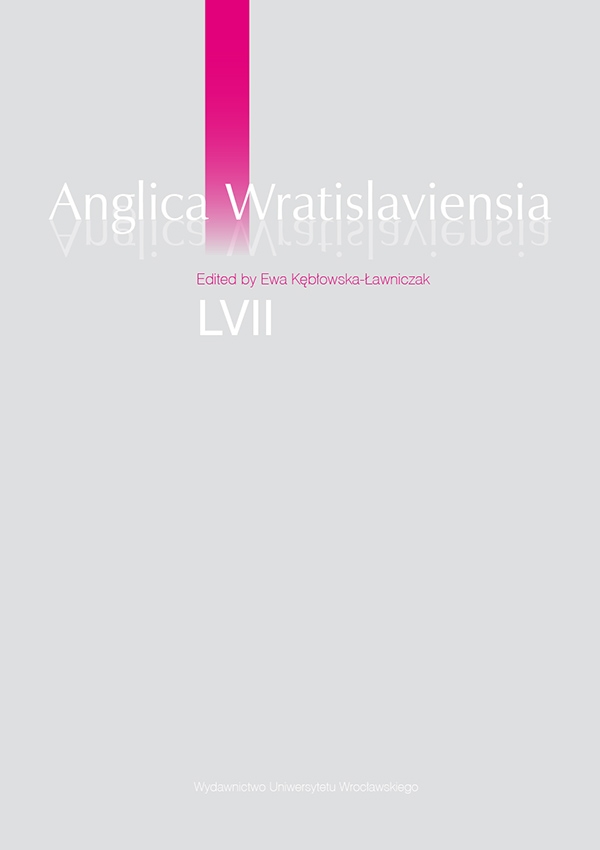

Literature and Culture

Gustav Deutsch’s film Shirley: Visions of Reality 2013 is a slow cinema film which employs Edward Hopper’s paintings and reproduces their aesthetics. Both Hopper’s art and slow cinema can be characterized by silence, passivity, and the theme of alienation. The mood of alienation and loneliness, accompanied by the visual motifs and the tension between light and shadow taken from Hopper’s paintings, create an image of suspended time in the film. This is also enacted by the techniques characteristic of slow cinema that the film uses, particularly the long take. The poetics of slow cinema is employed to present the protagonist in in-between spaces, times and states that are located beyond the productive precinct of capitalism. The painterly stillness evoked in the film reflects the continuous present of the character’s existence and her subjective experience of time away from the culture of acceleration. Her interior time is juxtaposed with other time vectors: the historical time of 1930s–1960s America, historical decontextualization and the temporality of non-places. The distinct time vectors contribute to the sense of timelessness that the film ultimately generates.